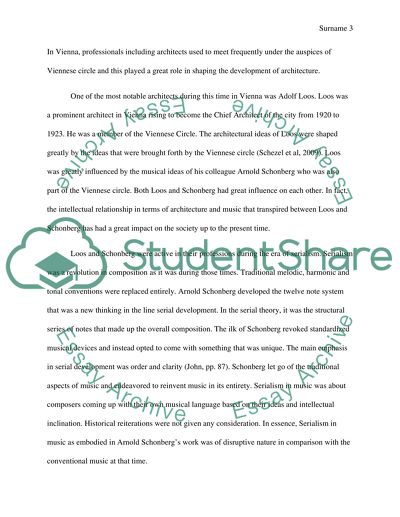Cite this document
(“Arnold Schonberg, Adolf Loos and the Viennese Circle Essay”, n.d.)
Arnold Schonberg, Adolf Loos and the Viennese Circle Essay. Retrieved from https://studentshare.org/architecture/1403256-arnold-schonberg-adolf-loos-and-the-viennese
Arnold Schonberg, Adolf Loos and the Viennese Circle Essay. Retrieved from https://studentshare.org/architecture/1403256-arnold-schonberg-adolf-loos-and-the-viennese
(Arnold Schonberg, Adolf Loos and the Viennese Circle Essay)
Arnold Schonberg, Adolf Loos and the Viennese Circle Essay. https://studentshare.org/architecture/1403256-arnold-schonberg-adolf-loos-and-the-viennese.
Arnold Schonberg, Adolf Loos and the Viennese Circle Essay. https://studentshare.org/architecture/1403256-arnold-schonberg-adolf-loos-and-the-viennese.
“Arnold Schonberg, Adolf Loos and the Viennese Circle Essay”, n.d. https://studentshare.org/architecture/1403256-arnold-schonberg-adolf-loos-and-the-viennese.


